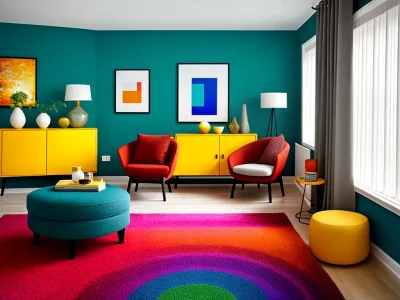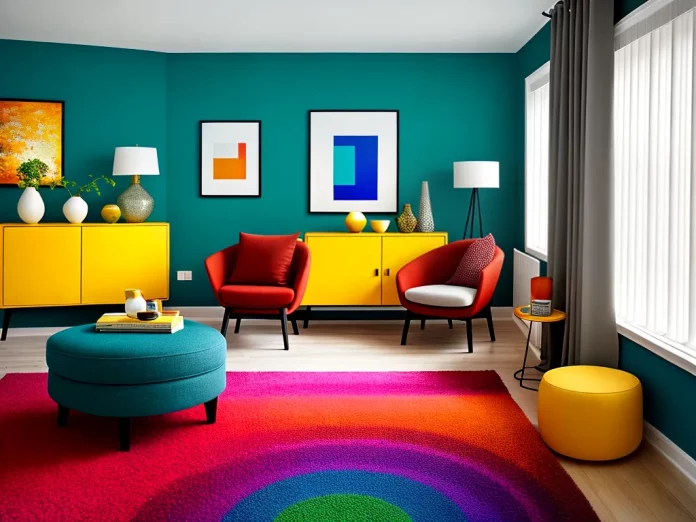
When it comes to fashion and decoration, colors play a fundamental role in creating atmospheres, expressing personality and influencing our emotions. Color psychology is a discipline that studies how different colors affect human behavior and perceptions. In this article, we'll explore how color psychology applies to fashion and decor, helping you make more informed decisions about which hues to incorporate into your personal style and space.
The Power of Colors in Fashion
Fashion is a form of personal expression that allows us to convey our identity and lifestyle. Colors play a crucial role in this process, as they have the power to influence how others perceive us and how we feel about ourselves. Here are some ways color impacts fashion:
1. Warm vs. Warm Colors Cold Colors
Colors can be divided into two main categories: warm colors and cool colors. Warm colors, such as red, orange and yellow, tend to convey energy, passion and warmth. On the other hand, cool colors such as blue, green and purple have a more relaxing and calming feel. When choosing your clothes, think about the type of message you want to convey. A red dress can express confidence and boldness, while a blue dress conveys calm and serenity.
2. Color and Emotion
Each color evokes specific emotions. Red, for example, is often associated with love, passion and excitement, but it can also be used to create a sense of urgency. Blue is known for being calming and trustworthy, often associated with stability and trust. When choosing your clothes, consider how you feel and what kind of impression you want to make. If you're planning a job interview, blue can be a wise choice, conveying confidence and professionalism.
3. Color Combinations
In addition to understanding the meaning of individual colors, it is important to know how to combine them harmoniously in your outfits. The color wheel is a useful tool for creating balanced combinations. Complementary colors, which are opposite each other on the color wheel, often work well together and create an interesting contrast. For example, yellow and purple are complementary colors that can create a vibrant and captivating look.
The Influence of Colors on Decoration
Color psychology is not limited to fashion; it plays an equally important role in interior decoration. Choosing colors for a space can affect our mood, productivity and even the quality of sleep. Here are some ways colors influence decor:
1. Colors in Decoration and Emotions
Just like in fashion, colors in decoration have the ability to evoke emotions. Yellow, for example, is a color that radiates happiness and optimism, making it an excellent choice for common areas, such as the living room. Green is often associated with nature and tranquility, making it ideal for rooms or spaces intended for meditation and relaxation.
2. Size and Space Perception
Colors can also affect the perception of size of a space. Light colors, like white and pastels, tend to make a room feel larger and airier, while dark colors, like brown and black, can make a space feel smaller and cozier. If you have a small space and want it to appear larger, opt for lighter tones on the walls and furniture.
3. Colors and Functionality
In addition to creating pleasant atmospheres, colors can also improve the functionality of a space. For example, in a home office, blue can promote concentration and productivity, making it a sensible choice for walls or furniture. On the other hand, in a dining room, shades of red or orange can stimulate the appetite and make meals more enjoyable.
Conclusion
Color psychology plays a fundamental role in both fashion and interior decoration. Understanding how colors affect our emotions and perceptions can help create a unique personal style and transform spaces into pleasant and functional environments.
Keep in mind that color preferences can vary from person to person, and there is no one-size-fits-all approach that works for everyone. When choosing colors for clothing or decorating your home, consider your own taste, personality, and the environment you want to create. Experiment with color combinations and don't be afraid to get creative.
Ultimately, color psychology is a powerful tool that can improve your life in many ways. Use it wisely, and you will see how colors can positively influence your fashion and decor. Be bold, be creative and allow colors to bring your style and space to life.
